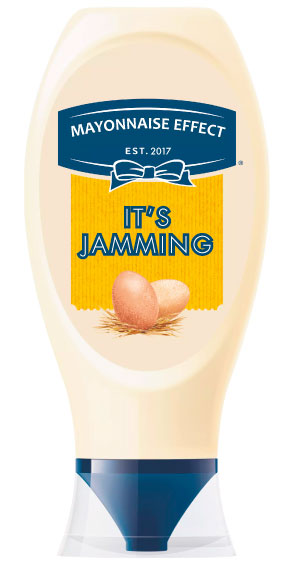Observing ‘The Lubricant of Life’ -
Ultrafast Dynamics Associated with the Helix-to-Coil Transition of a Polypeptide
Summary
The structure of proteins is directly related to their biological function. Insight into the mechanisms controlling changes in this structure is vital in allowing us to understand a whole range of biological processes from enzyme activity to the causes of diseases such as Alzheimer’s or CJD, which are thought to arise from ‘mistakes’ in protein folding.
While we know a lot about the way in which proteins fold, comparatively little is known about the role that water plays in these processes. All biological processes in living organisms take place in water and water molecules interact with proteins through the formation of hydrogen bonds. It was suggested a decade ago that the structure of the water surrounding a protein is continually changing, as hydrogen bonds are broken and reformed at a very rapid rate. This was thought to lead to protein secondary structures such as alpha-helices and beta-sheets inter-converting or ‘flickering’ on picosecond (10-12) timescales. This flickering is thought to play a part in controlling changes in protein structure such as during folding or in the active site of enzymes. This effect has been called the ‘lubricant of life’.
Using ultrafast spectroscopy, we have studied the low frequency Raman spectrum of poly-L-lysine on both sides of the helix-to-coil transition. We have observed a broad band (see below) that can be assigned to hydrogen bond stretching vibrations between the solvent and the peptide. This band shifts depending upon the structure of the peptide and reflects changes in the strength of the interactions between water and the biological molecule. When the peptide is in the random coil state, water can bond freely to it along its backbone but when coiled, the peptide bonds more effectively to itself than to water leading to weaker interactions. The frequency of the band shows that these dynamics occur on the scale of ~0.18 to 0.33 ps.
This is the first direct observation of protein/water interactions and also the first experimental confirmation of the process known as the lubricant of life and has been published in the Journal of the American Chemical Society 129, 3168-3172 (2007)
Images
Click on the thumbnails below for a bigger version and caption:
Notes
The paper is: Hunt NT; Kattner, L; Shanks, RP; Wynne K, "The Dynamics of Water-Protein Interaction Studied by Ultrafast Optical Kerr-Effect Spectroscopy", J. Am. Chem. Soc. 129, 3168 - 3172 (2007)
doi:10.1021/ja066289n
local copy of PDF
The flickering motion of proteins was first described by L.D. Barron, L. Hecht, G. Wilson, ‘The lubricant of life: A proposal that solvent water promotes extremely fast conformational fluctuations in mobile heteropolypeptide structure’, Biochemistry 36, 13143-13147 (1997).
Further details
The work was supported by grants from EPSRC and the Leverhulme Trust. The work was performed in the Biomolecular & Chemical Physics group at Strathclyde.

















